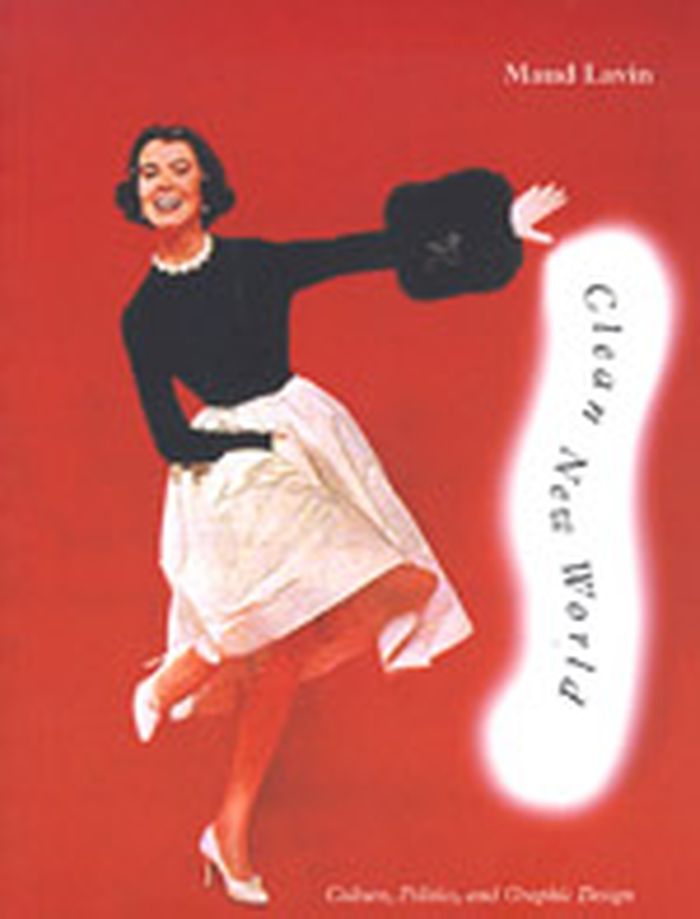The business of holidays
$47.50
(available to order)
Summary:
Holiday celebrations in the United States are a surprisingly strong force behind the country's $3 trillion retail economy. From New Year's diets to Festivus-flavoured ice cream, Presidents' Day car sales to Independence Day barbecues, Hanukkah cards to Kwanzaa candles, the social and material culture of holidays has been transformed into a finely tuned marketing(...)
The business of holidays
Actions:
Price:
$47.50
(available to order)
Summary:
Holiday celebrations in the United States are a surprisingly strong force behind the country's $3 trillion retail economy. From New Year's diets to Festivus-flavoured ice cream, Presidents' Day car sales to Independence Day barbecues, Hanukkah cards to Kwanzaa candles, the social and material culture of holidays has been transformed into a finely tuned marketing extravaganza. Contemporary holiday rites showcase a particularly American obsession with celebration - and the shopping, decorating, card sending, feasting, drinking, and advertising that goes along with it. This witty and satirical look at thirty-three of our most loved (and hated) holidays explores the history and the traditions, the kitsch and the colour of the business of holidays.
$27.95
(available to order)
Summary:
Our culture is dominated by the visual. Yet most writing on design reflects a narrow preoccupation with products, biographies, and design influences. Maud Lavin approaches design from the broader field of visual culture criticism, asking challenging questions about about who really has a voice in the culture and what unseen influences affect the look of things designers(...)
Graphic Design and Typography
October 2002, Cambridge, Massachusetts
Clean new world : culture, politics, and graphic design
Actions:
Price:
$27.95
(available to order)
Summary:
Our culture is dominated by the visual. Yet most writing on design reflects a narrow preoccupation with products, biographies, and design influences. Maud Lavin approaches design from the broader field of visual culture criticism, asking challenging questions about about who really has a voice in the culture and what unseen influences affect the look of things designers produce. Lavin shows how design fits into larger questions of power, democracy, and communication. Many corporate clients instruct designers to convey order and clarity in order to give their companies the look of a clean new world. But since designers cannot clean up messy reality, Lavin shows, they often end up simply veiling it. Lacking the power to influence the content of their commercial work, many designers work simultaneously on other, more fulfilling projects. Lavin is especially interested in the graphic designer’s role in shaping cultural norms. She examines the anti-Nazi propaganda of John Heartfield, the modernist utopian design of Kurt Schwitters and the neue ring werbegestalter, the alternative images of women by studio ringl + pit, the activist work of such contemporary designers as Marlene McCarty and Sheila Levrant de Bretteville, and the Internet innovations of David Steuer and others. Throughout the book, Lavin asks how designers can expand the pleasure, democracy, and vitality of communication.
Graphic Design and Typography
books
$44.95
(available to order)
Summary:
Our culture is dominated by the visual. Yet most writing on design reflects a narrow preoccupation with products, biographies, and design influences. Maud Lavin approaches design from the broader field of visual culture criticism, asking challenging questions(...)
Clean new world: culture, politics, and graphic design
Actions:
Price:
$44.95
(available to order)
Summary:
Our culture is dominated by the visual. Yet most writing on design reflects a narrow preoccupation with products, biographies, and design influences. Maud Lavin approaches design from the broader field of visual culture criticism, asking challenging questions about about who really has a voice in the culture and what unseen influences affect the look of things designers produce. Lavin shows how design fits into larger questions of power, democracy, and communication. Many corporate clients instruct designers to convey order and clarity in order to give their companies the look of a clean new world. But since designers cannot clean up messy reality, Lavin shows, they often end up simply veiling it. Lacking the power to influence the content of their commercial work, many designers work simultaneously on other, more fulfilling projects. Lavin is especially interested in the graphic designer’s role in shaping cultural norms. She examines the anti-Nazi propaganda of John Heartfield, the modernist utopian design of Kurt Schwitters and the neue ring werbegestalter, the alternative images of women by studio ringl + pit, the activist work of such contemporary designers as Marlene McCarty and Sheila Levrant de Bretteville, and the Internet innovations of David Steuer and others. Throughout the book, Lavin asks how designers can expand the pleasure, democracy, and vitality of communication.
books
March 2001, Cambridge, Mass.
Graphic Design and Typography

